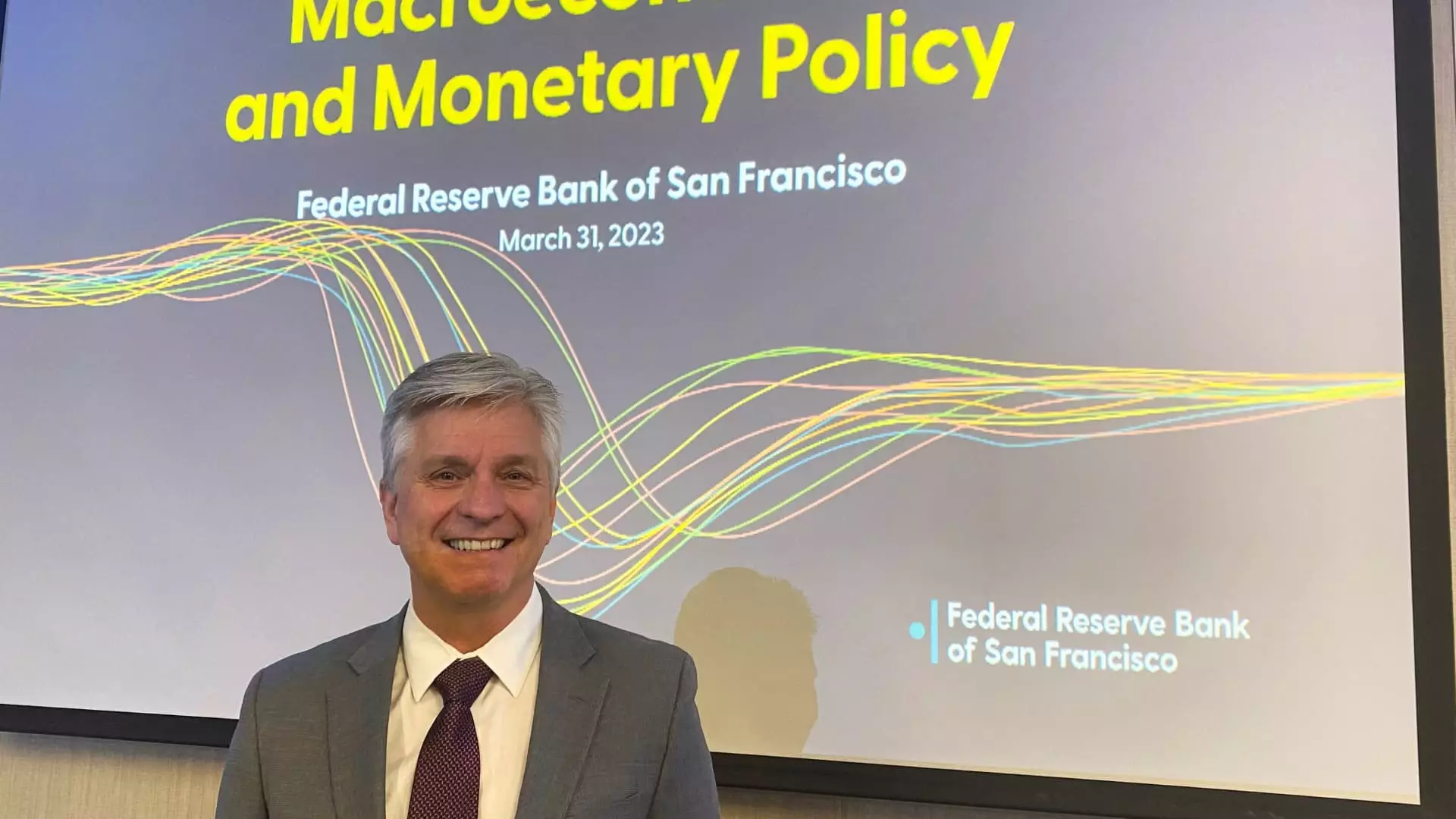Federal Reserve Governor Christopher Waller recently made remarks suggesting that interest rate cuts are likely in the near future, assuming there are no major surprises on the inflation and employment fronts. Waller expressed confidence in the current economic data, indicating that a soft landing could be achieved. However, he emphasized the need for further data in the coming months to solidify this view, hinting at a potential rate cut. Despite the cautious optimism, the decision on a rate cut will ultimately depend on how the economic indicators evolve.
Waller outlined three potential scenarios that could shape the Federal Reserve’s decision-making process in the days ahead. The first scenario involves inflation data improving further, leading to a rate cut in the near future. The second scenario suggests that while the data may fluctuate, it still points towards a moderation trend. The least likely scenario, according to Waller, would be a sudden spike in inflation that forces the Fed to adopt a tighter policy stance. Given the probabilities associated with each scenario, Waller believes that the time for a rate cut is approaching.
Waller’s recent comments mark a departure from his previous stance as one of the more hawkish Federal Open Market Committee members. Earlier this year, he expressed skepticism about the need for immediate rate cuts, citing the need for more convincing data on inflation trends. However, recent developments have led Waller to reconsider his position, particularly in light of the evolving labor market conditions and inflation data.
New York Fed President John Williams echoed similar sentiments in a recent interview, highlighting the positive trajectory of inflation data and its alignment with the Fed’s objectives. Market participants have also adjusted their expectations in response to the evolving narrative, with fed funds futures pricing in the likelihood of rate cuts in the coming months. The consensus among traders suggests an initial rate cut in September, followed by at least one more by the end of the year.
The evolving narrative surrounding interest rate cuts reflects the Federal Reserve’s proactive approach to managing economic conditions. While the decision to lower rates is contingent on incoming data, the current trend suggests a growing consensus among policymakers in favor of a more accommodative stance. The focus on maintaining price stability and supporting economic growth underscores the Fed’s commitment to navigating potential risks and uncertainties in the global economy.
The recent remarks by Federal Reserve officials signal a shift towards a more dovish monetary policy stance. The likelihood of interest rate cuts in the coming months reflects a nuanced assessment of economic conditions and inflation trends. As policymakers navigate the path ahead, the emphasis remains on ensuring a balanced approach that supports sustainable growth while addressing potential inflationary pressures.

